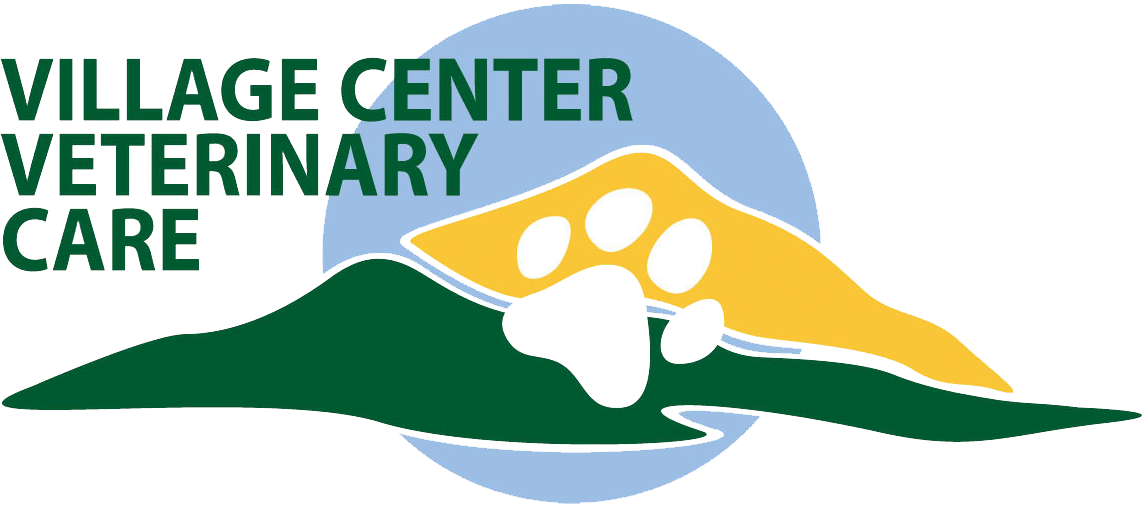Last time we talked about basic chinchilla husbandry. This time let’s go over some of the reasons that veterinarians end up seeing chinchillas at their hospitals.
Traumatic accidents and attacks are one reason a chinchilla makes its way to my office. Dogs are sometimes very interested in the wiggly grey thing and sometimes try to figure out what it is by chewing on it. Even when a dog is not intending to be aggressive severe injury can happen to tiny bones and bodies. On the same note, young children find the soft coat and big eyes pretty irresistible, but when the little guys are at an age where they can just barely control their own bodies they have a tendency to trip and fall when carrying their pet or accidentally drop, pull, yank, twist, or squeeze and the consequences are predictable, and devastating to a child who accidentally caused the injury. Cage mates can also cause damage. In the wild the loser of the fight gets to slink away in defeat. When both combatants are trapped in the same cage the aggressor can just continue attacking her victim who has no way to escape. Female chinchillas are more likely to be aggressive than males, but personality conflicts could potentially happen between any two.
Fur slip is a defensive mechanism by which a chinchilla will lose a patch of hair or skin, or possibly even slide all the skin and hair off the end of the tail so that when they are grabbed by a predator it just gets a mouth full of hair and skin instead of the whole chinchilla. People can cause the same problem by handling chinchillas by the tail or scuffing them to restrain them. Chinchillas should always be gently and securely cradled in both hands.
Chinchillas are very sensitive to heat, and heat stroke happens to them at temperatures that would not affect a person or a dog or cat. Once a chinchilla is collapsed from heat stroke it is usually too late. We have yet to develop the technology that can uncook a body. The best defense is to make sure that the chinchilla is kept somewhere where the temperature does not exceed 75 degrees.
Digestive problems are some of the most common and most severe health problems chinchillas develop. Their digestive tracts are cleverly designed to extract nutrition from the dry grasses in the Andean mountains. Chinchillas will readily eat lots of different things, but a gut full of potato chips, for example, can easily fatally throw the digestive tract out of whack. Keep the diet consistent with chinchilla pellets and free choice grass hay. Any extras need to be very minimal.
Dental problems are sometimes associated with digestive problems too. Chinchillas have teeth that grow continuously throughout their lives. The teeth grind against each other to keep them at the proper length. When something happens that causes the teeth to become miss-aligned, for example an infection in the bone around the tooth that shifts it in the socket, or a congenitally malformed jaw, the teeth grow unopposed and will get so long they may poke into the cheeks or even curl around and penetrate the roof of the mouth. Chinchillas with dental problems often have what is called “Slobbers” or excessive drooling making the chin wet. At first glance they may seem to be eating voraciously, but sometimes they are just dropping the food back out of their mouths because they can’t chew. Severe malnutrition, debilitation and suffering can result if the teeth aren’t fixed.
In spite of this list of potential problems, chinchillas are generally hardy and sturdy pets. With basic care they usually easily live their normal life span of 9-17 years.

